If you’ve been reading this blog for a while, you might remember that I got rid of our lawn (getting rid of your lawn post) at our Seattle house . It took too much water to keep it green in the summer, and the resulting ornamental landscape was more ecologically diverse and aesthetically pleasing for such a small site.


But that was then, and this is now. In 2017 we moved back to the family farm, which has a full acre of landscape – including lawn. Although we are slowly reducing the vast expanse of lawn, we will keep part of it because (1) we are on well water and there is an irrigation system and (2) because we are allowing the lawn to become a diverse tapestry of different plant species – an ecolawn, if you will.
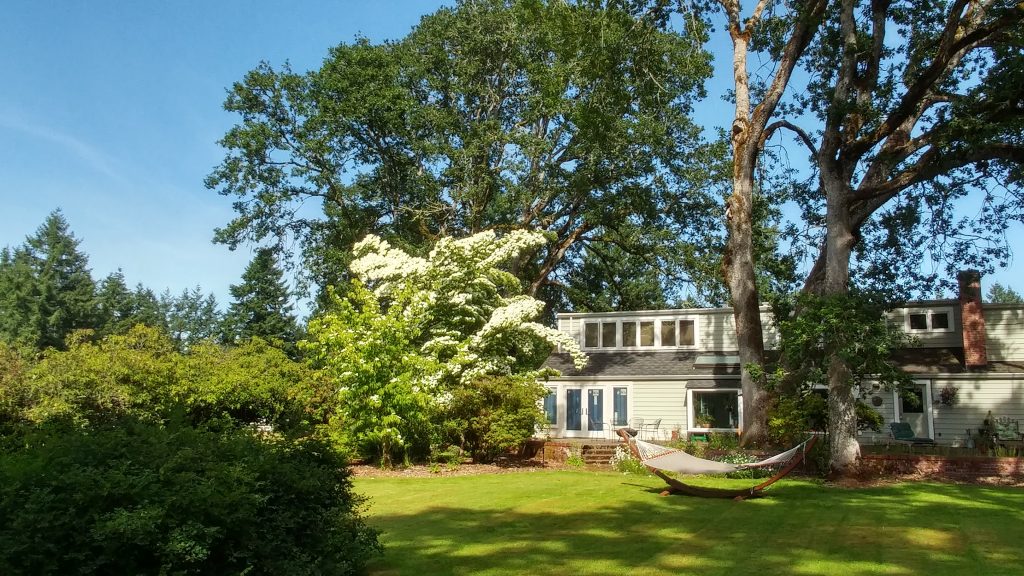
When I was growing up, my father fought unsuccessfully to keep the moss and weeds out. I happen to LOVE the moss and the fact that it grows here has nothing to do with poor drainage or anything else. It grows here because the environmental conditions support its growth. I love the spongy feel of the underlying moss, and it reduces the amount of mowing necessary because it’s limited in height. And no fertilizers or pesticides are needed.
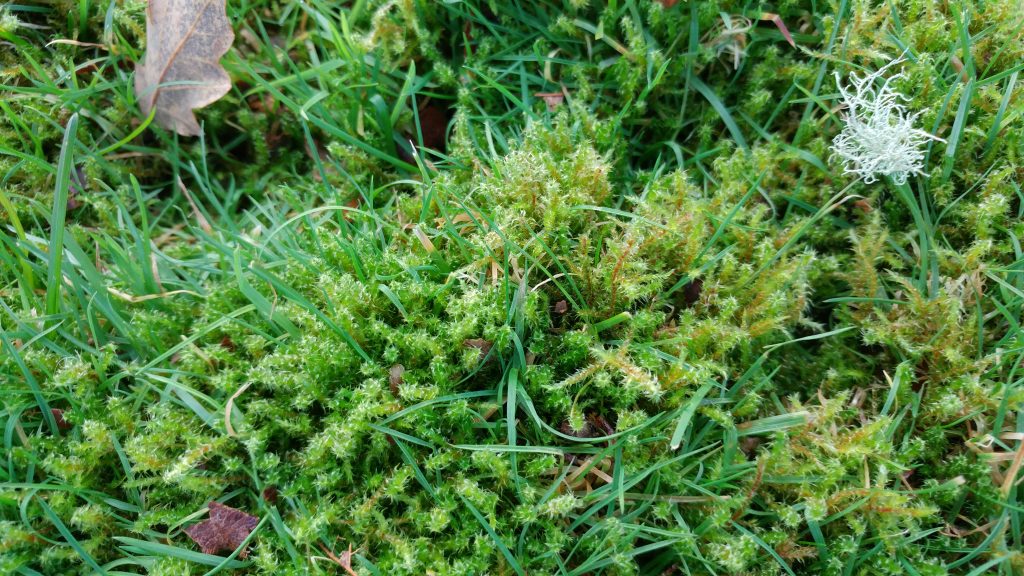
Speaking of mowing…I hate gas powered mowers. They’re smelly and noisy, they contribute to air pollution, and when something goes wrong you have to take it to small engine repair. These excursions are infrequently successful but always expensive. So imagine my delight is discovering newer battery-powered mowers! All you have to do is swap battery packs. They are quieter, there are no emissions, they don’t smell, and they have an electric engine! No small engine repairs, and they are also lighter for this reason.
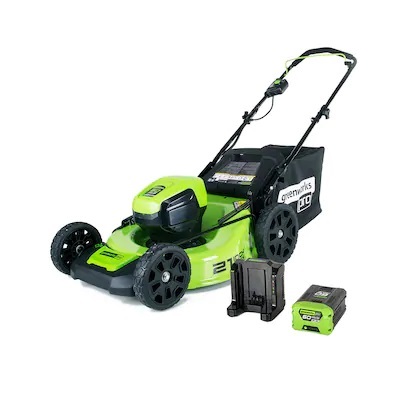
I was even more excited to find compatible leaf blowers. We have tons of Oregon white oak leaves, and we blow them into the beds. We do NOT leave them on the lawn, because they interfere with some of our non-grass lawn inhabitants. They are perfect on the beds because their curly, rigid structure prevents compaction and they keep weeds out while allowing water and oxygen to penetrate.
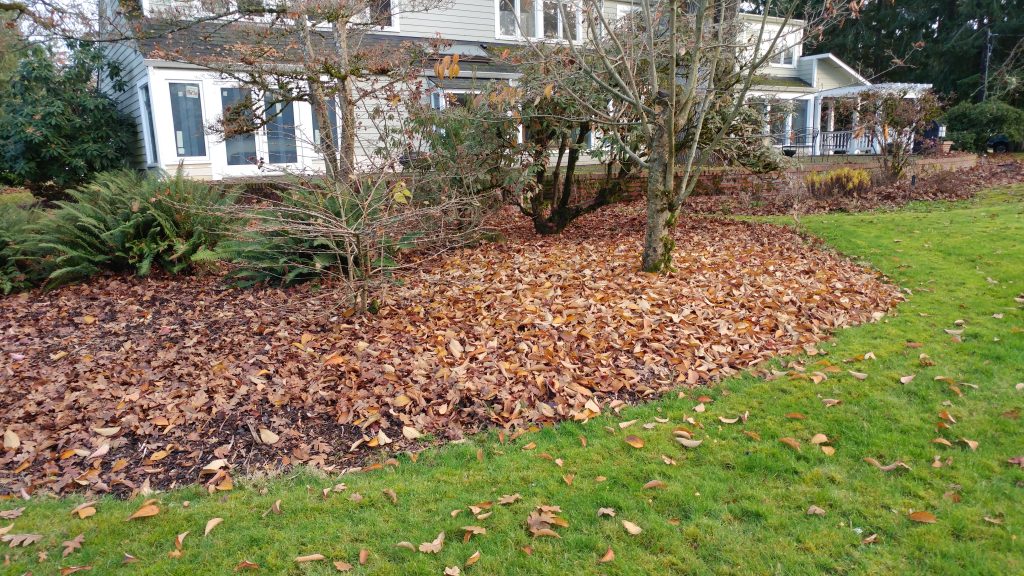
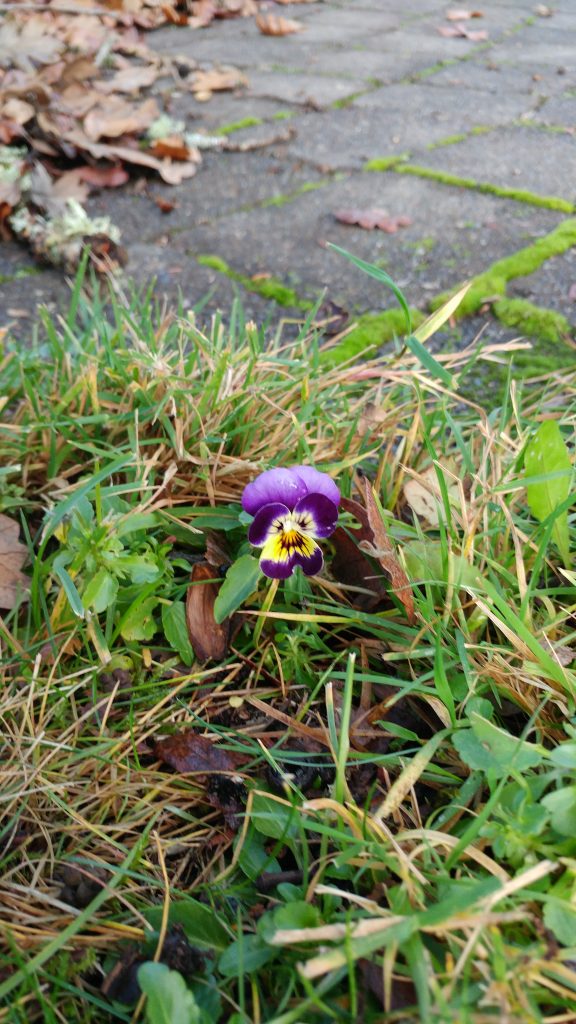
Finally, our ecolawn allows me to see and appreciate the reproductive structures of our mycorrhizal fungi. I don’t even pretend to know the species and whether they are edible. I just love the fact that they appear every fall after we’ve stopped mowing.
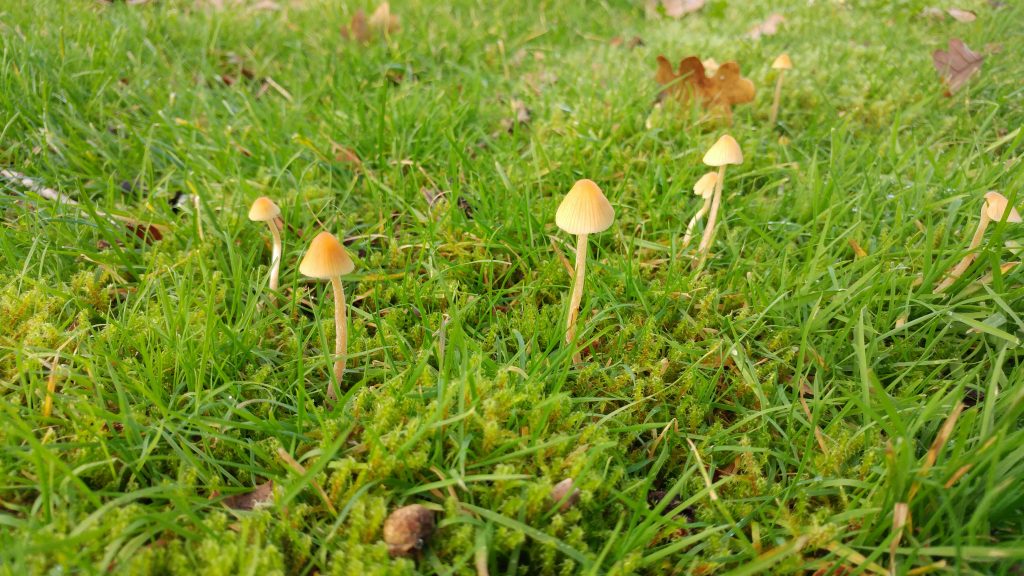
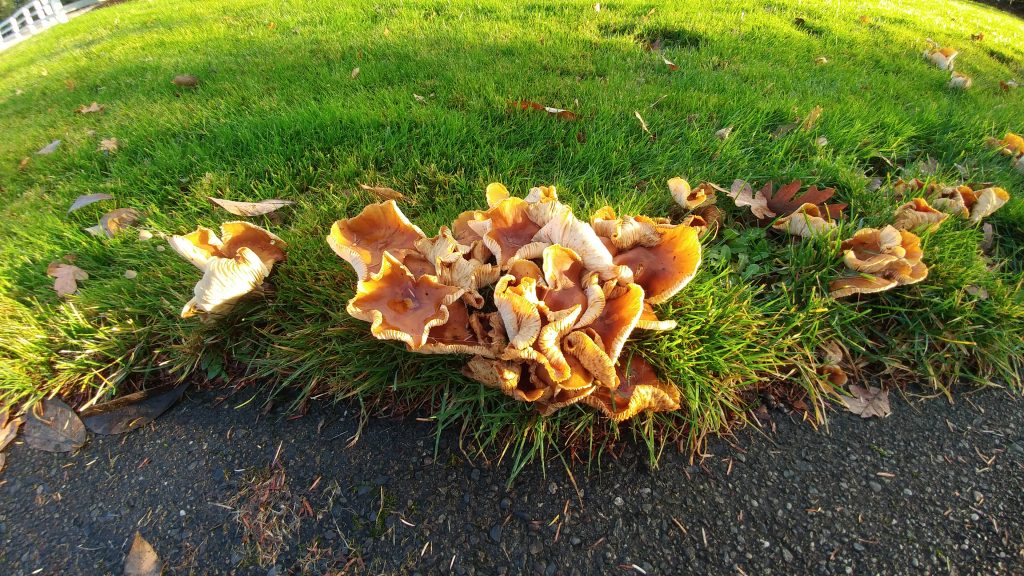

Sometimes lawns aren’t appropriate, as we found in Seattle. But sometimes they are – and as long as they are cared for in an environmentally sustainable manner, they shouldn’t have to be something we apologize for.
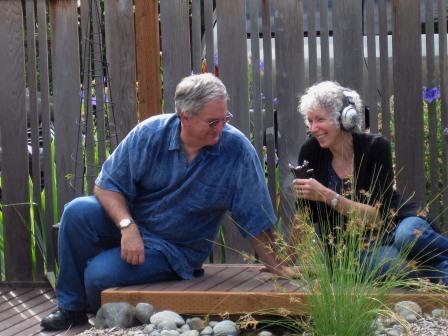
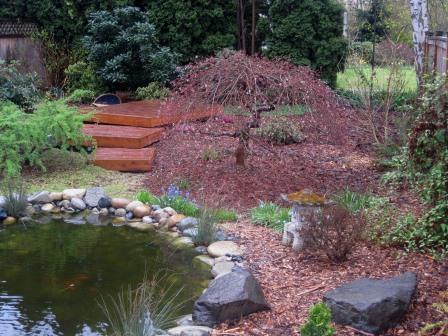 Decks…
Decks…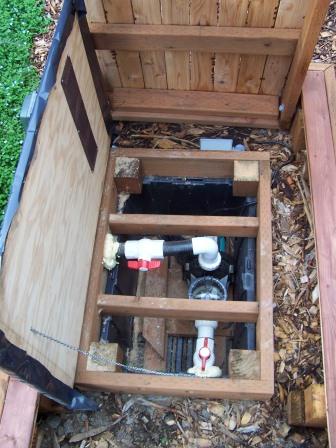 …cleverly disguise pump system…
…cleverly disguise pump system…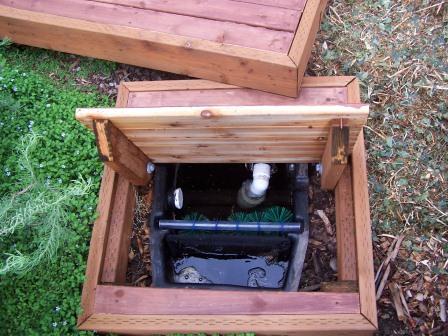 …and filter system
…and filter system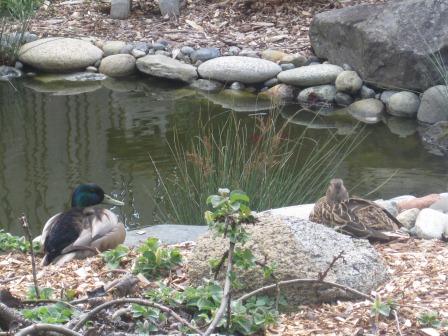 Seasonal guests
Seasonal guests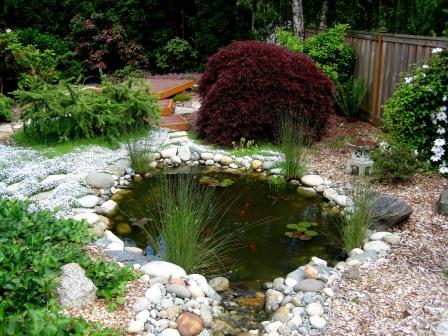 Permanent residents (the little orange guys in water)
Permanent residents (the little orange guys in water)